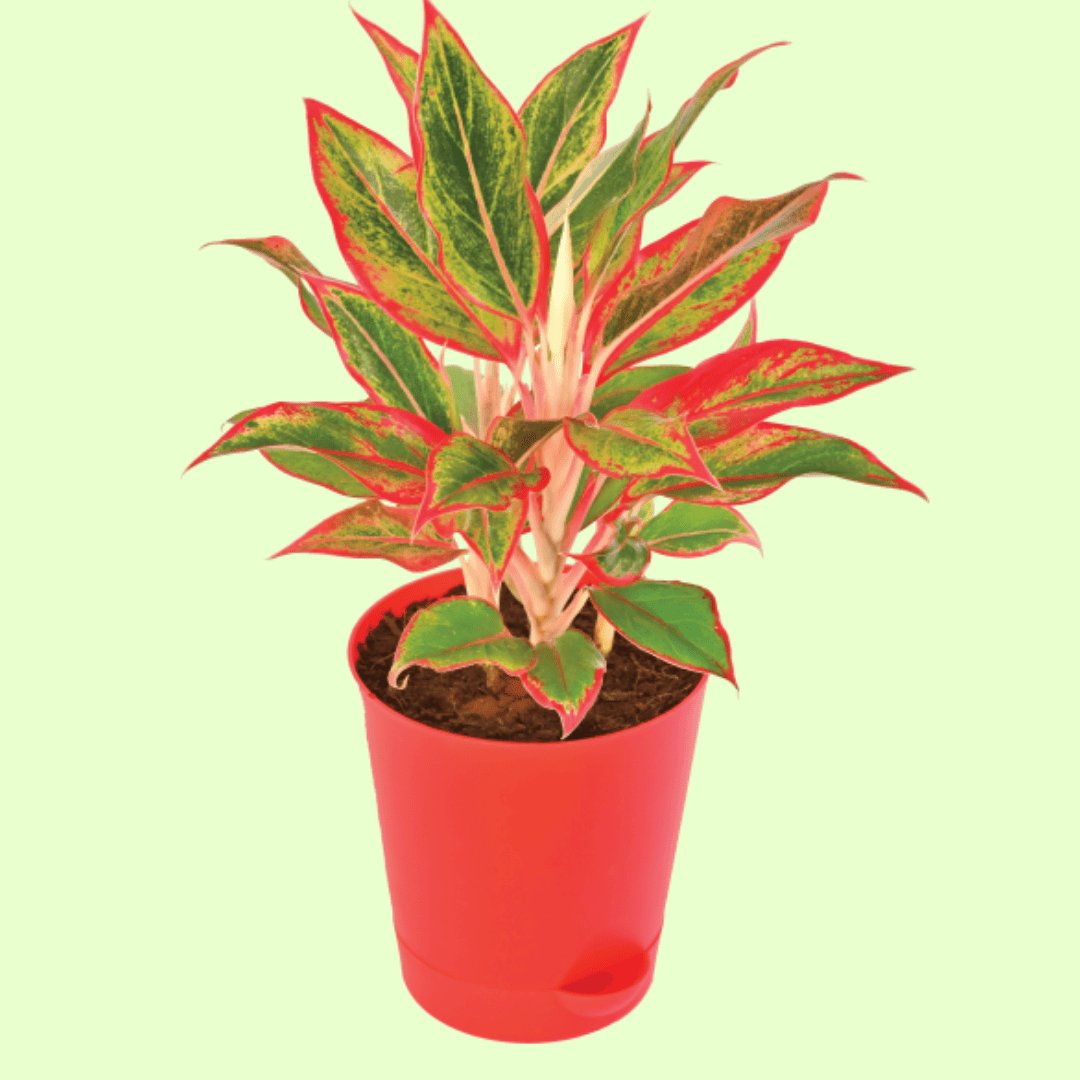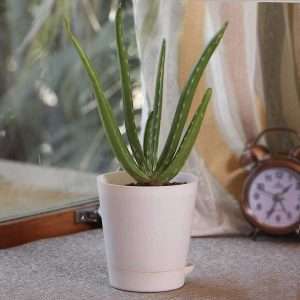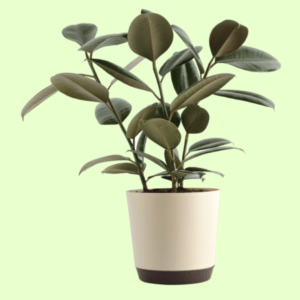Lights, Water, Action
Get your plants ready to slay!

Light
Bright indirect sunlight

Watering
Water once a week

Where to grow
Bright indoors, shaded outdoors

-
Maintenace
Low maintenance

Special feature
Air purifying, Not pet friendly
Size Me Up
See me, before you see me.

Style and Decor
Light Requirements :Aglaonema is a boy who likes low indoor light, so he’s happiest near a window. He does not like very cold climates or too much light so be mindful of that.
Locations :The best place for the Chinese Evergreen is closer to a window. But he will be equally happy anywhere where he can get indirect low light.
Styling/decor tip :The Chinese Evergreen is one of the best plants if you have a contemporary interior decor. Pot the Aglaonema in chic pots that are synchronous with the decor and place these plant babies on a side table, in the living room, reading room or any place where you need to break the monotony of the room.

Plant Essentials
Fertilizer/ feed for the plant: Feed monthly with a balanced fertilizer. In winters, feed once in 6 weeks. Aglaonema or Chinese Evergreen needs warm, slightly humid conditions to thrive and they will not fare too well in chilly areas.
Repotting: Chinese Evergreens are easy-going and it is sufficient to report them once in 2 years. Use good potting soil.
Propagation: The propagation of Aglaonema is hassle-free. They propagate through the cut-off tip just like a stem tip cutting. Another method of propagation is through division but the plant needs to be older and root-bound for that to work.
Common Problems
1. Aglaonema leaves are turning brown.
Browning of leaves is caused due to overwatering or excessive use of fertilizer.
2. Why is my Aglaonema plant drooping?
Dropping of leaves is an indication of improper light or water requirements. Too much of light makes the leaves weak and floppy. Move your plant away from the harsh light to avoid droopy leaves.
3. Why are Aglaonema leaves yellow and small?
Yellow and small leaves are a sign of copper deficiency. Either, the soil is lacking in copper, in which case you need to use a micronutrient spray. Second, cooler temperatures (<18℃) cause the plant to insufficiently absorb and utilize copper, in which case you need to move the plant to a warmer area or in more sunlight.




Reviews
There are no reviews yet.